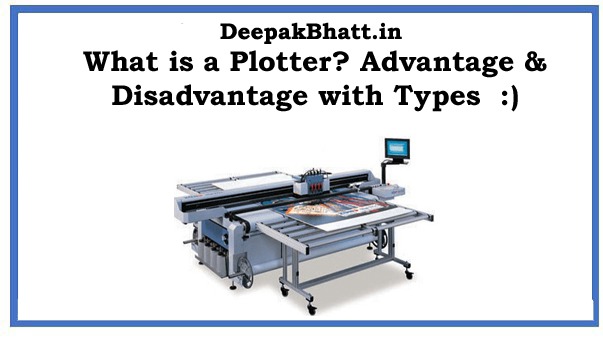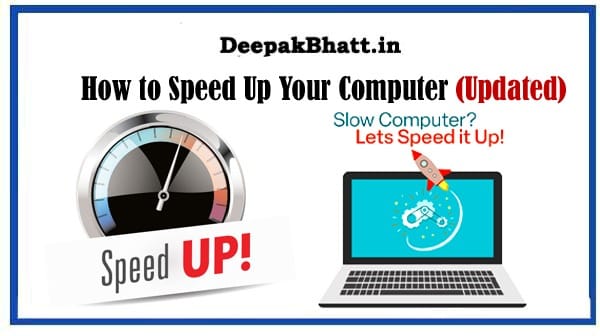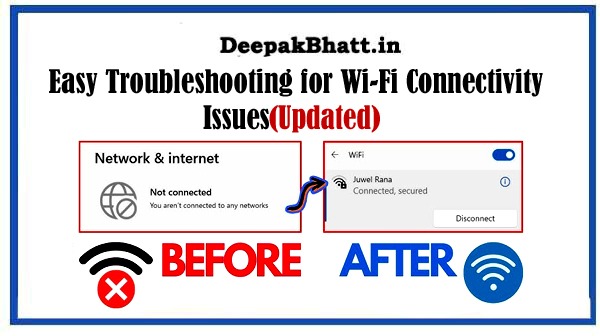What is a Plotter: Hello, friends welcome to all of you. In today’s post, I am going to tell you.
What is a plotter? I will give you complete information about the plotter, in this post you remain in this post.
The plotter is a computer device. that connects to the computer. As you guys have seen. that are printed in large volumes. Have you ever wondered what they might have been printed in? Then it is printed in the plotter.
What is a Plotter?
The plotter is an output device. It is similar to the plotter printer of a computer device. With the help of this, we can print out vector graphics.
Plotters are used in large photoshoot studios. The plotter was invented in 1953 by Remington Rand. It was integrated with the UNIVAC computer.
As I told you earlier, the plotter is an output device with the help of this drawing chart graphic is printed. It can also be called a 3D print.
Because it 3D prints out. So let’s know now. About the advantages and disadvantages of plotters.
1. Advantages of Plotter : What is a Plotter?
Plotters are specialized printers that are used for printing large-format drawings, such as architectural or engineering plans, maps, and blueprints. There are several advantages to using plotters over traditional printers or other forms of printing:
High-quality printing: Plotters produce high-quality prints with sharp lines, fine details, and accurate color representation. This makes them ideal for technical drawings, blueprints, and other types of precision documents.
Large-format printing: Plotters are designed for large-format printing, allowing for the creation of large drawings and plans that can be up to several feet in length.
Versatility: Plotters can print on a variety of materials, including paper, vellum, film, and others, making them suitable for a wide range of applications.
Speed: Plotters are designed for high-volume printing and can produce a large number of prints in a short amount of time.
Durability: Plotters use pens or markers to print, rather than ink, which makes the prints more durable and resistant to fading or smudging.
Accuracy: Plotters use precise mechanical systems to move the printing head, which ensures that the prints are accurate and consistent.
Overall, plotters are an important tool for industries that require high-quality, large-format printing, such as architecture, engineering, and construction.
Photoshop to HTML5 and CSS3 free Course
Ultimate Adobe Photoshop Beginner to Pro Free
Learn Photoshop New Course Free
2. Disadvantages of the plotter
While plotters offer several advantages, they also have some disadvantages, including:
Cost: Plotters are generally more expensive than traditional printers, and the cost of the equipment, ink, and media can add up quickly.
Size and bulk: Plotters are large and bulky, and require a dedicated space for use and storage. They are not suitable for small or home offices.
Complexity: Plotters are more complex than traditional printers and require specialized training and technical knowledge to use and maintain.
Maintenance: Plotters require regular maintenance, including cleaning, ink replacement, and calibration, to ensure that they produce high-quality prints.
Limited color options: Some plotters only support a limited number of colors, which can be a disadvantage for applications that require full-color printing.
Limited media options: Some plotters are only able to print on specific types of media, which can limit their versatility.
Slow printing speed: Compared to some modern printers, plotters can be slow to produce prints, especially for large drawings or plans.
Overall, while plotters offer several advantages for large-format printing, they are not suitable for every situation and may not be the best choice for smaller or less specialized needs.
After knowing the Advantage and Disadvantages of the plotter, now we move ahead. and know. About its types because we will not even know about its types. We will not fully understand the plotter.
Types of Plotter :
There are 2 types of plaster. I will tell you in detail about both those plasters. Inside it is drums and flat plotters. If you need to know about them, then let’s move on.
1. Drum plotters
Are designed and used to produce plotter images of this type. In this, a picture shape is created with pen and paper before taking out the print.
After that the shape we have made. It is placed on top of the drum. And he slowly walks out. And the pen prints. Its quality is very good.
2. Flat plotter
The flat plotter is kept in a steady state. In this, the pen is mounted on one side. which is connected to the motor.
And it is rotated by placing the right and left on top of the paper. It is automatic. The pen that is in it. It is run over the entire flat.
A shape is already created in it through the computer. And it automatically removes the entire figure.
Frequently Asked Questions
1. What is a plotter?
The letter is a computer output device. With its help, big banners, and templates are printed. It is a vector-based machine. Which prints the photo in a killer way.
2. What is the difference between a plotter and a printer?
There is a difference in ground and sky between these two. Plotters are very expensive. The printer is cheaper than that.
Large print banners are taken out with the help of a plotter. Prints are taken out on normal paper with the help of a printer. It is a big machine. A printer is a small machine.
3. Is plotter an input or output?
A plotter is typically considered an output device. It is used to produce hard-copy outputs of digital data, such as graphics and images, by drawing on paper using pens or other writing instruments. Plotters are commonly used in technical and engineering fields to produce large-format drawings, such as blueprints and maps. They are also used for producing high-quality fine art prints.
4. What is plotter used for?
Plotters are widely used for a variety of applications, including:
Technical drawing: Plotters are commonly used in the engineering and architectural fields for producing large-format drawings, such as blueprints, schematics, and maps.
Fine art printing: Plotters are used to produce high-quality fine art prints, such as limited-edition prints and photographic prints.
Sign making: Plotters are used to produce vinyl signs and graphics, which are often used for advertising, promotional purposes, and decoration.
GIS mapping: Plotters are used in geographic information systems (GIS) to produce maps, which are used for a wide range of applications, including land use planning, environmental management, and urban planning.
Circuit design: Plotters are used to produce high-precision prints of electronic circuit designs, which are used in the manufacture of printed circuit boards (PCBs).
Fashion design: Plotters are used in the fashion industry to produce patterns and designs, which are used as the basis for clothing and accessories.
Medical imaging: Plotters are used in the medical field to produce large-format images, such as X-rays and CT scans, which are used for diagnosis and treatment planning.
5. What is a plotter example?
An example of a plotter is the HP DesignJet plotter. This is a wide-format, large-scale printer that is commonly used for technical and architectural drawings, GIS maps, and fine art printing. It uses specialized pens or markers to produce high-quality, large-format prints on rolls of paper. Other popular plotter brands include Epson, Canon, and Mutoh. There are also large-format inkjet printers that can be used as an alternative to plotters in some applications.
Conclusion :
In conclusion, this is what I would say to you guys. The key plotter is an output device.
With the help of big graphic designing charts etc. hard copies are extracted. With the help of the plotter, vector graphics designed photos are printed.
This is the best. And with this, what I told you above if you understand all the information for you in this way you can explain better to your younger students. thanks in the next post
Welcome all of you to my website. I keep updating posts related to blogging, online earning and other categories. Here you will get to read very good posts. From where you can increase a lot of knowledge. You can connect with us through our website and social media. Thank you







